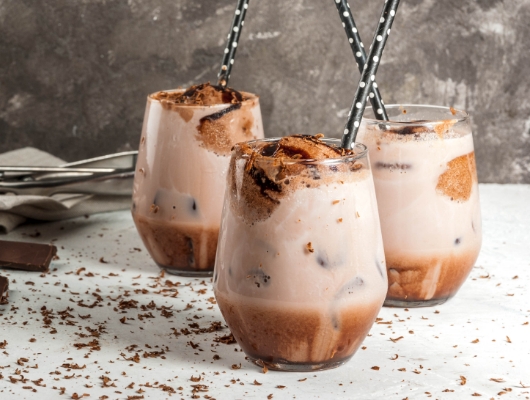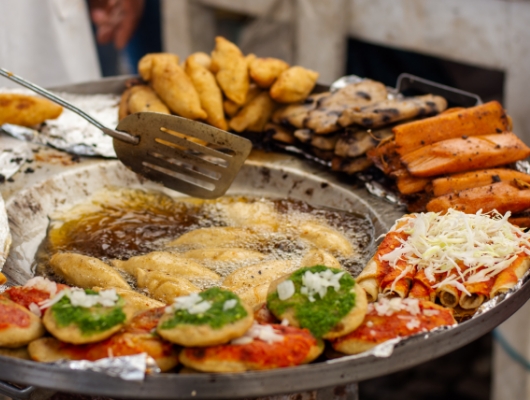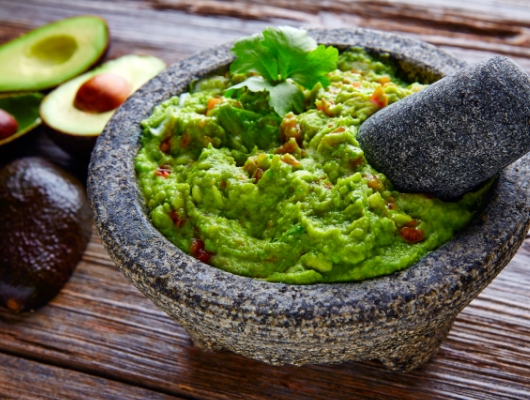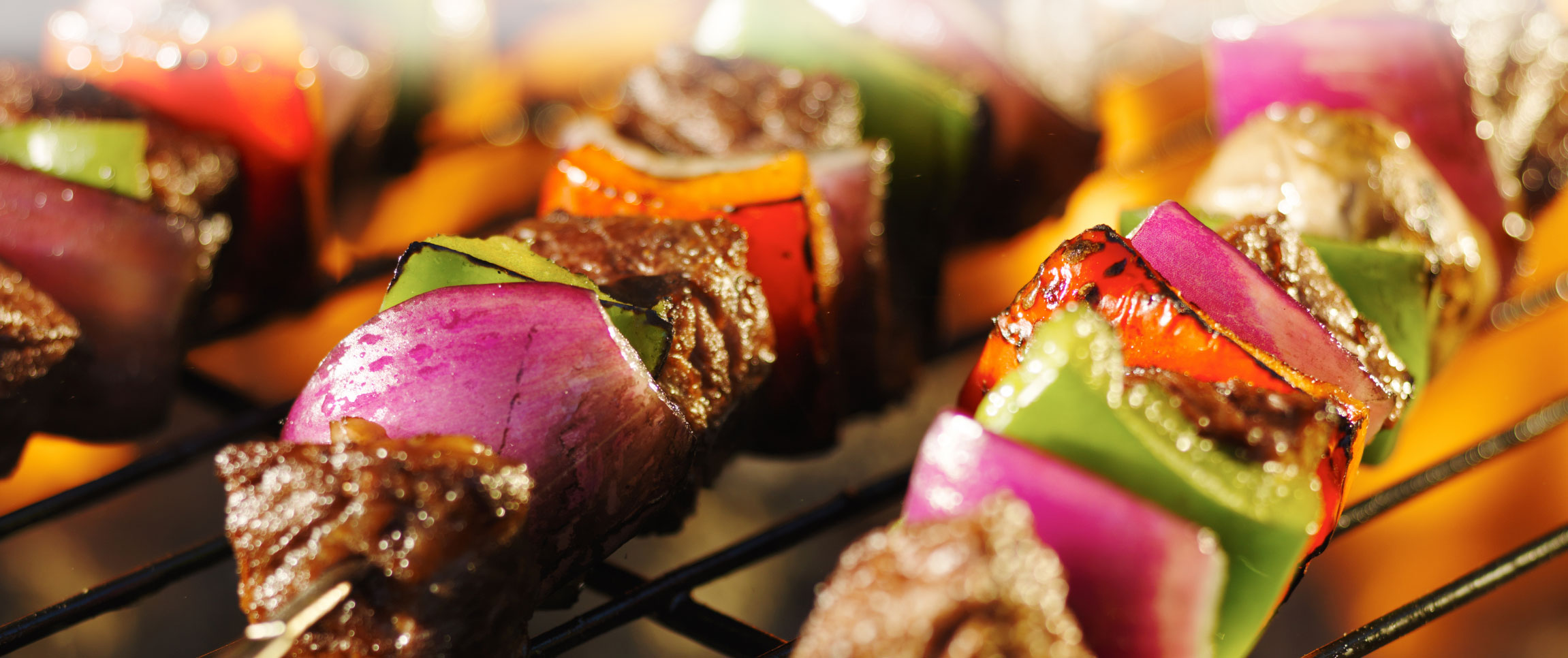Japan has Yakitori, China has Chuanr, and Preu has Anticuchos. But they are all essentially the same thing – meat on a stick (or as Turkey calls them – kebabs). The concept is simple and whether at a state fair, a food stall, or a restaurant, they can found across the globe.
So Many Possibilities
The nice thing about kebabs is that it opens the possibilities for layering spices, sauces and char to create a unique flavor profile. For a technique that spans Asian, Mediterranean and Middle Eastern cuisines, the sky is the limit. However, here are a few unique ideas that are sure to stand out on any menu.
Baharata
Start your lamb or beef off with a dry run that is a fragrant combination of Middle Eastern spices including paprika, cumin, coriander, cardamom, and cloves.
Bloody Mary Marinade
Continue brunch theme with a Bloody Mary marinade. Use chunks of beef marinated in tomato juice, celery seed, Worcestershire sauce, plus a shot or two of vodka - or you could go a little more exotic by replacing the vodka with Danish aquavit to add a hint of anise to the mix.
Anticuchos
Served with a piece of crusty bread at the end of the stick to soak up the juices, this centuries-old Peruvian favorite is made with beef hearts (you can sub top sirloin) quickly marinated in mint, olive oil, red wine vinegar, garlic, oregano, chipotle powder, cumin, cayenne and salt before grilling.
Chuanr
A Chinese street food, lamb skewers are brushed with dry sherry before being coated with a spice blend of cumin seeds, Chinese chili powder, powdered garlic, powdered fennel and salt and then grilled.
Don't Take the Char Too Far
Regardless of your method, one key to the perfect the kebab is choosing the right meat and size to guarantee an even cook. With beef and lamb, you want larger chunks so you get that char but can still manage to keep it medium rare and juicy. Want to avoid tough meat? Try adding some fresh ginger to your marinade. The enzymes in the ginger, especially if given 12 hours or more to work their magic, will help break down the tissues in the meat, basically Mother Nature’s tenderizer.
For chicken and pork, high heat might leave the pieces of meat a little too charred. To avoid burnt and dry chicken or pork, keep the pieces smaller, or try Yakitori. Yakitori is typically chicken, but the same techniques can be applied using pork. Thin slices on a skewer, marinated in a beautifully acidic ponzu sauce or in creamy yogurt with savory spices, then grilled over intensely high heat leaves them crispy on the outside yet moist inside. If you really want to commit, consider building a special grill. To achieve that really high, intense heat you’ll want to use binchōtan, a white charcoal from Japan that is virtually smokeless. The beauty of binchōtan, is the heat will sear and cook your skewers rapidly. You can even grill things on your skewers that might not quite work otherwise. Think strips of chicken skin, skewered and then quickly crisped before the delicious fat has a chance to render off and drip onto the coals. Skewers, kebabs and yakitori can be prepped ahead of time, saving precious moments during lunch or dinner rush; or they can be made from in-house trim or less expensive cuts.
Presenting...Skewers
When left on the skewer, the opportunity presents itself to ply with height and get more of that WOW-factor. You also can’t leave off some sort of sauce to accompany your meat. BBQ sauce, aioli, tzatziki, and even chimichurris are all simple options that you might be able to re-purpose from your current menu. Also consider the “bed” for your skewers. Sure you could go with cilantro rice, or go a more unique route with slices of bread and even potato chips. When cooked on mini skewers, you also have an instant shareable appetizer. With all these elements and more, you’ve got a highly desirable dish that is good for your customers and your bottom line.



